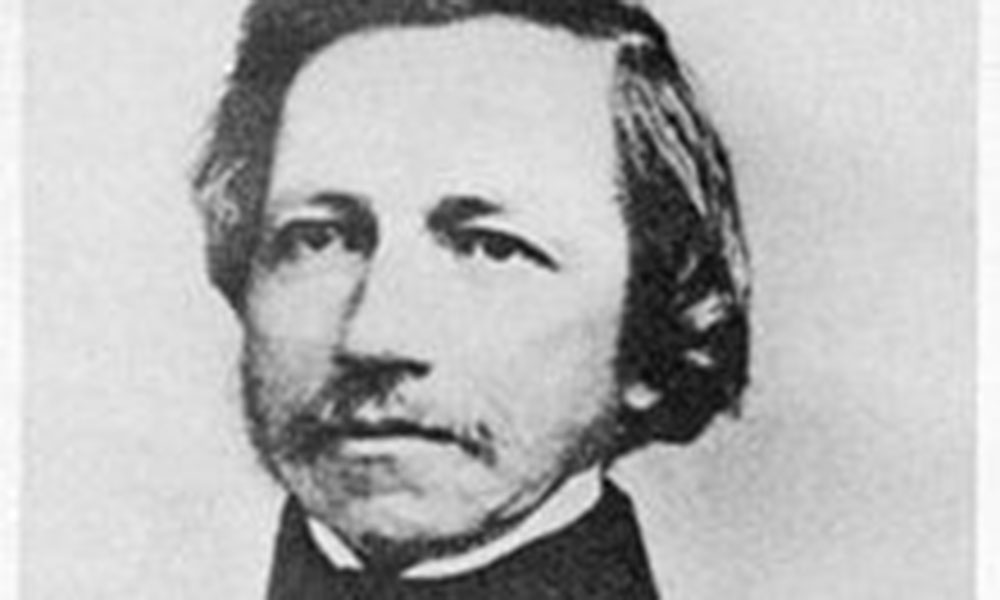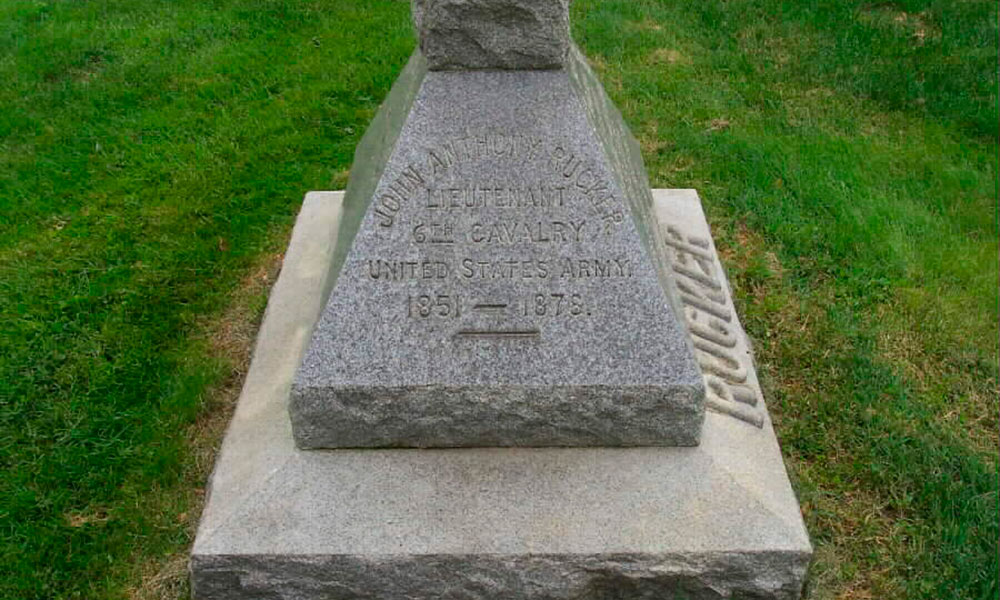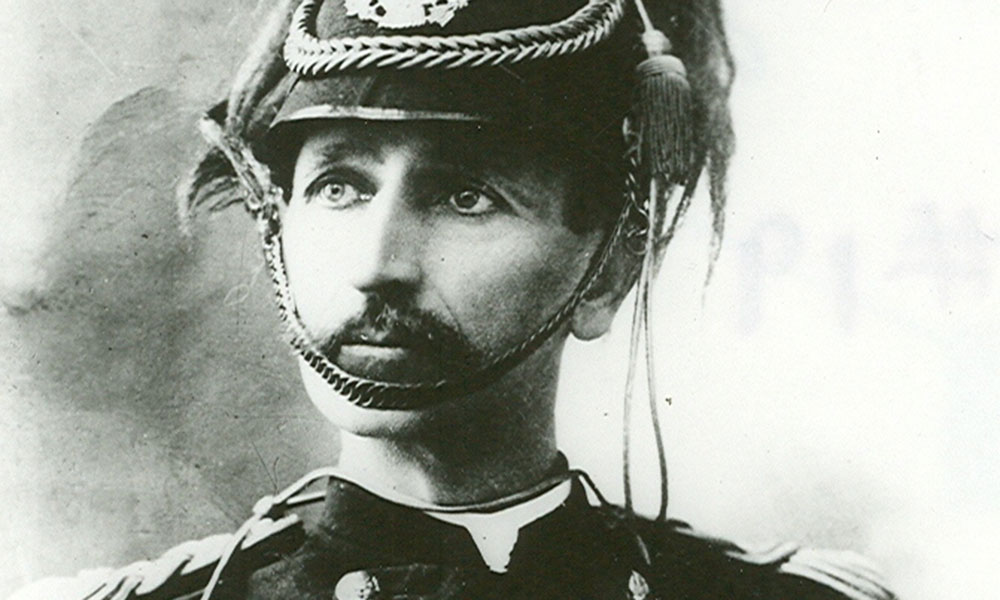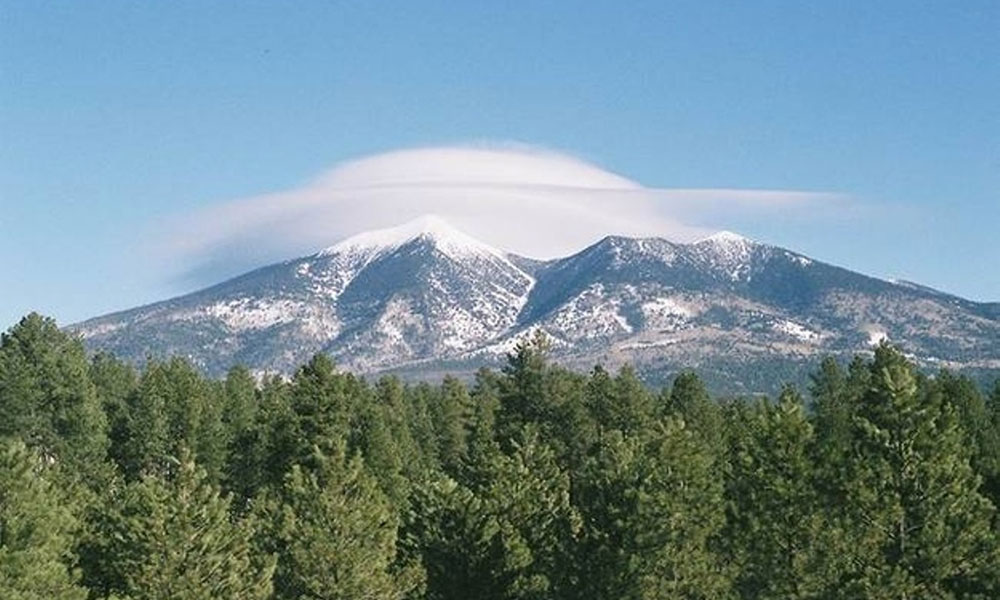
Lt. Amiel Weeks Whipple was referred to as the wheel horse among the Army’s Corps of Topographical Engineers surveying Arizona during the 1850’s. The treaty makers had made a number of snafus when establishing the new 1,500-mile boundary between the United States and Mexico in 1848 and it was up to engineers like to Whipple to straighten out the mess before hostilities broke out again. Whipple wrapped up the boundary work on December 10th, 1849.
Several months earlier, Whipple, a thirty-one-year-old native of Massachusetts had rescued a young Yuma Indian girl who’d been lost in the desert. The youngster was nearly dead from exposure, thirst, and hunger. Whipple kindly shared his water and food with the youngster and before she was returned to her village, he presented her with a mirror. It was a simple token of friendship and something any young girl would cherish.
Two years later Whipple returned to Arizona to do another survey the Gila River, which at the time marked the boundary between Arizona and Mexico. By December 22nd they were some 60 miles upstream from the confluence of the Gila and Colorado Rivers at Fort Yuma. Supplies were running low so Whipple decided to pack up his gear and take his 47-man force to Fort Yuma to spend Christmas.
Much to their surprise they arrived at Fort Yuma to find it abandoned. Instead, the soldiers and engineers were greeted by a force of some 1,500 angry Yuma Indians who were upset because of abuses perpetrated upon them by emigrants passing through on their way to the gold fields of California.
On Christmas Eve, Whipple learned through an interpreter the Yuma were planning to attack and annihilate the small group of soldiers
Whipple gathered his little force on a hill near where the Yuma Territorial Prison stands today and prepared to make a stand. The next day they watched as the war chiefs gathered to rally their warriors. Whipple stood, in plain view, facing them.
At that moment a young girl stepped forward and spoke to one of the chiefs. She pointed to the officer standing boldly on the hilltop and explained that he was the man who’d saved her life two years before. The chief looked down at his daughter and asked if she was certain. When the youngster nodded the tension was broken. He signaled to Whipple for a parley and a massacre that Christmas day of 1851 was averted thanks to the kindness of the American soldier.
During the Civil War Whipple served gallantly in several battles before being mortally wounded by a sniper’s bullet at the Battle of Chancellorsville in May, 1863. Upon his death he was posthumously promoted to the rank of major general.





